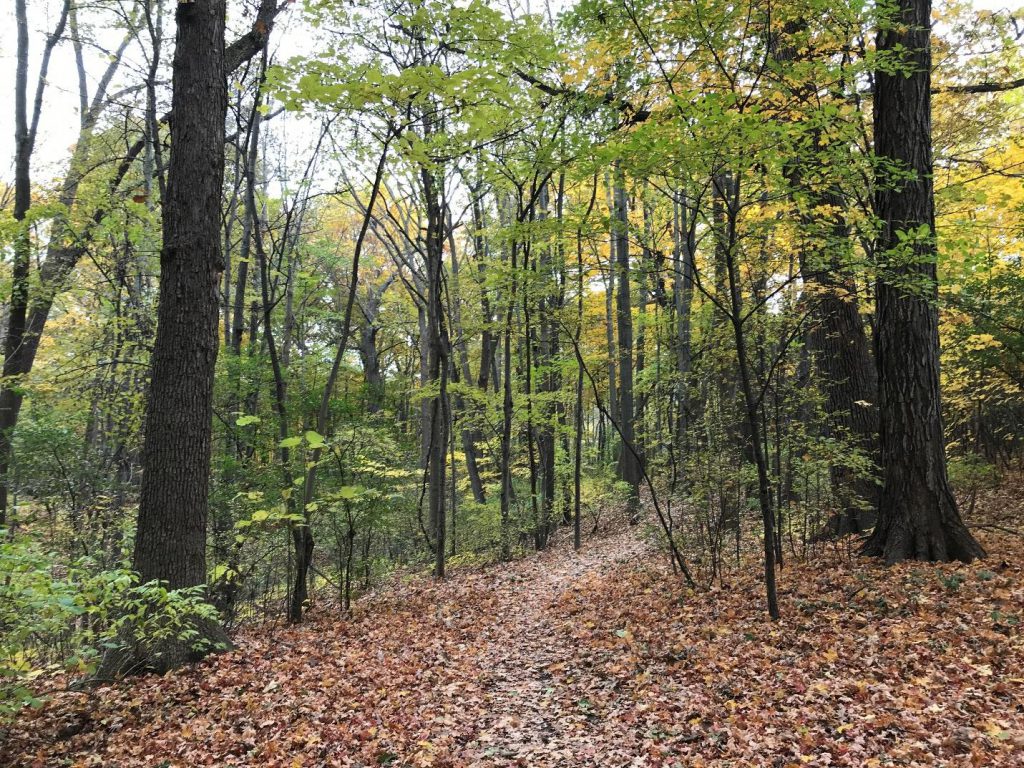Governor’s Climate Change Report Offers Warning
The details of how state has changed in just 15 year are remarkable.
Since taking office in 2019, Governor Tony Evers has committed to taking action on the effects of climate change in Wisconsin. The Governor’s Task Force on Climate Change, created in October 2019 with Lt. Governor Mandela Barnes as chairman, has recently distributed their climate change report dated December, 2020, with recommendations of actions to “meaningfully mitigate” the negative effects of climate change “for the benefit of Wisconsin communities”.
The 115-page report cites how the 1 degree Centigrade (2 degrees Fahrenheit) rise in temperature above the average temperature of the twentieth century is impacting Wisconsin: damage to property by severe storms, damage from flooding, crop failures due to drought and other adverse growing conditions, and elevated incidents of heat strokes and exhaustion.
The report presents statistics recently published by the Wisconsin Department of Natural Resources on greenhouse gas emissions. In 2017, the electric power sector produced 33% of the emissions, transportation 24%, agriculture 15%, and industrial 11%. Carbon dioxide accounted for 81% of greenhouse gas emissions and methane 10%. Emissions have declined in Wisconsin by 9% between 2005 and 2017, mostly due to reductions in the electric sector.
Nine policy sectors are identified and the report describes recommended “climate solutions” for each of the sectors. The sectors are Climate Justice, Energy, Transportation, Agriculture, Resilient Systems, Economy, Education, Food, and Forestry. Most of these sectors produce greenhouse emissions. Forestry is the only sector that absorbs emissions. Tree leaves take on CO2 in the life-sustaining process of photosynthesis. However, Wisconsin forests and natural lands lost over 25% of their carbon sequestering ability between 2005 and 2017 due to the encroachment of agriculture and the conversion of cropland to urban development.
To accomplish conservation, also described as “keeping forests as forests”, some of the strategies recommended are: tax forested land on its value in its current use rather than its highest/best use, provide tax and other incentives to landowners who donate forested land to conservation easements, and explore the possibility of a family forest carbon credit program for small woodland owners.
All of these recommendations require some new state legislation and funding. There are no cost estimates because the report did not go into that depth.
In the realm of reforestation, the main ideas are to implement a rural tree-planting campaign, fund private owner assistance for tree-planting, and purchase and reforest open lands that were formerly forested. Reforestation could “offset” an estimated 5 million tons of CO2 per year.
Regarding tree-planting in urban areas: develop and implement a campaign to plant more shade trees, and provide assistance to communities that are interested in participating in carbon credit programs. Increased forest canopy in cities has the potential to sequester and store an additional 0.3 tons of carbon a year, plus provide additional benefits such as reducing temperatures in the city, reducing storm-water run-off, and increasing air quality. The presence of trees in a city also reduces crime rates and increases property values, too. Trees reduce energy demands because they provide cooling by the shade that they give and by transpiration of water vapor.
To implement climate-focused forest management, define carbon as a forest product through state policy, provide funding sources for planting understories in forest stands that are not fully filled in, and establish funding to purchase land and maintain it as a working forest.
Of course, expanding and nurturing our forests has the well-known additional benefits of an increase in beautiful scenery and fresh air, and the enjoyment of it.
For more information and to see the complete report, go to climatechange.wi.gov
Charlie Mitchell is a life-long conservationist and preservationist. He is a member of the Wauwatosa Historic Preservation Commission, the board of directors of Citizens for a Scenic Wisconsin and of Partners in Forestry. He attended most of the meetings about the county grounds and spoke at many of them.
Op-Ed
-
Unlocking Milwaukee’s Potential Through Smart Zoning Reform
 Jul 5th, 2024 by Ariam Kesete
Jul 5th, 2024 by Ariam Kesete
-
We Energies’ Natural Gas Plans Are A Mistake
 Jun 28th, 2024 by John Imes
Jun 28th, 2024 by John Imes
-
Milwaukee Needs New Kind of School Board
 Jun 26th, 2024 by Jordan Morales
Jun 26th, 2024 by Jordan Morales























It is nice to hear about more woods and trees, but we really need to stop widening our highways and reduce our single-occupant automobile travel. I would love to see all these snazzy employment websites prioritize the matching of potential employees to jobs close to their homes. Every morning suburban residents rush into Milwaukee while Milwaukee residents rush to the suburbs, and in many cases they are doing the same type of work.